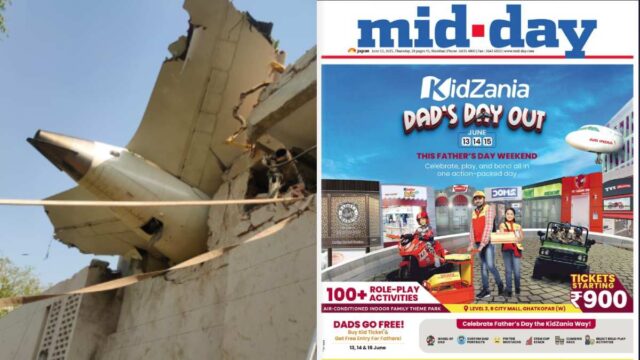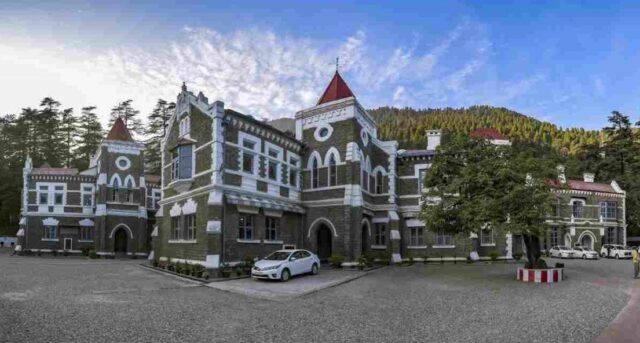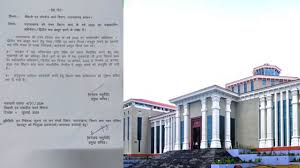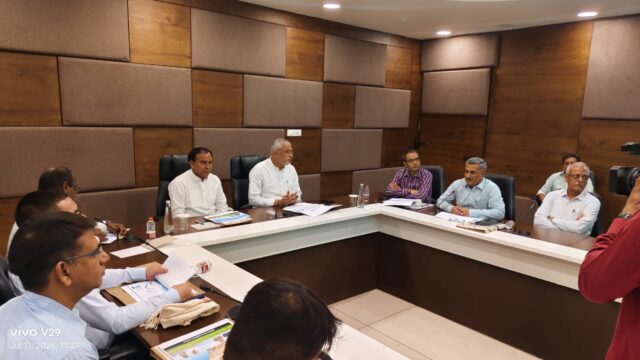Devastation by storm
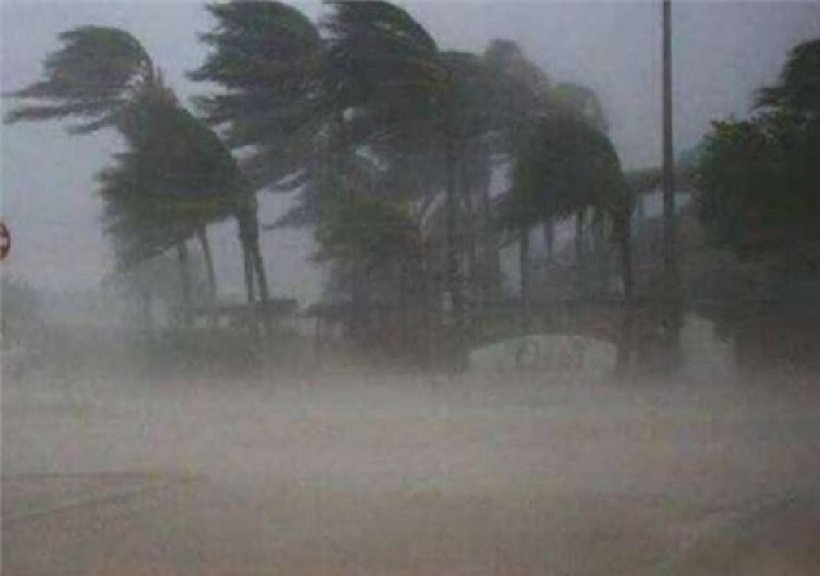
Cyclonic storms caused great havoc in Kerala, Karnataka, Goa, Maharashtra and especially Gujarat on the west coast of the country before weakening. Prime Minister Narendra Modi on Wednesday took an aerial tour of the storm-hit areas of Gujarat and took stock of the damage. However, due to the advance information, a lot of rescue work was done. Because of this, the number of casualties is not as frightening as it usually is in such storms. But inside the sea, a large number of passengers lost their lives due to the trapped ships in the vicinity. Due to the timely action of the Navy and Coast Guard teams, most of them were rescued, but many people are still missing. It should be seen that when the information of the storm was already available, why did these ships remain trapped in the ocean for such a large number of passengers.
Could there have been no arrangement to transport them to safe shores in time or to evacuate their passengers beforehand? This lesson will help us in dealing with the challenges ahead. It is also true that the protection from such severe storms can be arranged only to a certain extent. People from coastal areas in various states were already evacuated to safer places, but a large number of trees fell, roofs of houses were torn apart, glass panes of hotels and houses were broken, windows and doors were uprooted, iron barricades placed on the streets fell. , Electric poles broken, and especially standing crops in the fields were destroyed – there was no way to avoid them. All these losses are being assessed. But what is making this storm more dangerous is its timing. The storm knocked at a time when the country is reeling from the second wave of Corona.
A large part of the government machinery was engaged in it. The storm forced the immediate stoppage of the work in a large part of the country. The largest vaccination center at Bandra-Kurla Complex in Mumbai had to be closed several days ago. Corona patients from many places also had to shift to safer places. Power supply has also been affected in many areas due to the storm. It is to be seen that there should not be any hindrance in the treatment of patients in critical condition. Already, lack of oxygen, medicine and treatment has left patients and their families unhappy. There is also a message of vigilance that due to factors like climate change and warm sea waves, we have to be ready to face more such storms.
At a time when the country is already troubled by the second wave of the Corona epidemic, the arrival of the severe cyclone Tauktae caused a lot of pain in the leprosy. Thunderstorms hit seaside states such as Maharashtra, Kerala and Karnataka, creating havoc in Gujarat. Due to the advancement of meteorology, the safety measures taken at the level of governance and administration, taking timely information and taking lessons from previous devastations, could have avoided the loss of public wealth to some extent. In fact, taking lessons from past experiences, we have also acquired the skills to deal with cyclones like developed countries to some extent.
Accurate forecast of meteorological department has helped in this. In this, it has proved helpful to alert the coastal population with the help of National Disaster Response Force and State Disaster Response Force. Also, the loss of public money has been reduced by sending people of the areas coming under threat in safe places. In Gujarat, more than one and a half lakh people were evacuated from the lower coastal areas and sent to safe places. Not only this, a large number of COVID-19 patients were also shifted to other places for security reasons. These were patients who were on ventilator support. A large number of people were saved by the sinking of a ship in the oil field near Bombay High and the effort of naval warships, but some were not so fortunate. However, this cyclonic storm which lifted from the Arabian Sea caused significant damage to private and public properties in the southwestern states. Along with falling trees on roads, damaging power lines and demolishing raw houses, some lives were also taken by storm. Normal life has been disrupted in many areas due to heavy rains and waterlogging. However, it will take some time to assess the total loss of public money.
However, the arrival of this storm in this difficult time was like multiplying the troubles of the states. Apparently, the movement of the states against Corona has also adversely affected it. Maharashtra and Gujarat are already among the most corona infection affected states. They were putting all their energy and resources into fighting the Corona crisis, this new crisis arose from above. Vaccination program was also stopped in many areas due to this severe cyclonic storm. Obviously, this disruption will affect our campaign against corona infection. But this cyclonic storm has also given us many lessons. We should also realize that the crisis of climate change will directly affect our lives in the times to come. Not only India, many seaside countries including America are feeling the crisis of this climate change. Undoubtedly, the effects of global warming have led to a steady increase in the frequency of cyclonic storms. Actually, this situation is arising due to increase in the sea surface temperature, which increases the number of ocean storms over time. In the coming time, we have to develop such a permanent mechanism to avoid such storms as our destiny. At the same time, there is a need to enrich the surveillance system through modern technology and information media. After the devastation caused by the storm in Odisha in the year 1999, this state has developed a mechanism to reduce the loss of public money. Other seaside states of the country should take a lesson from Odisha and develop their own effective system. Knowing that the global crisis of climate change is continuously increasing, the framework of structural development needs to be developed accordingly. Only then the loss of public wealth will be reduced.

